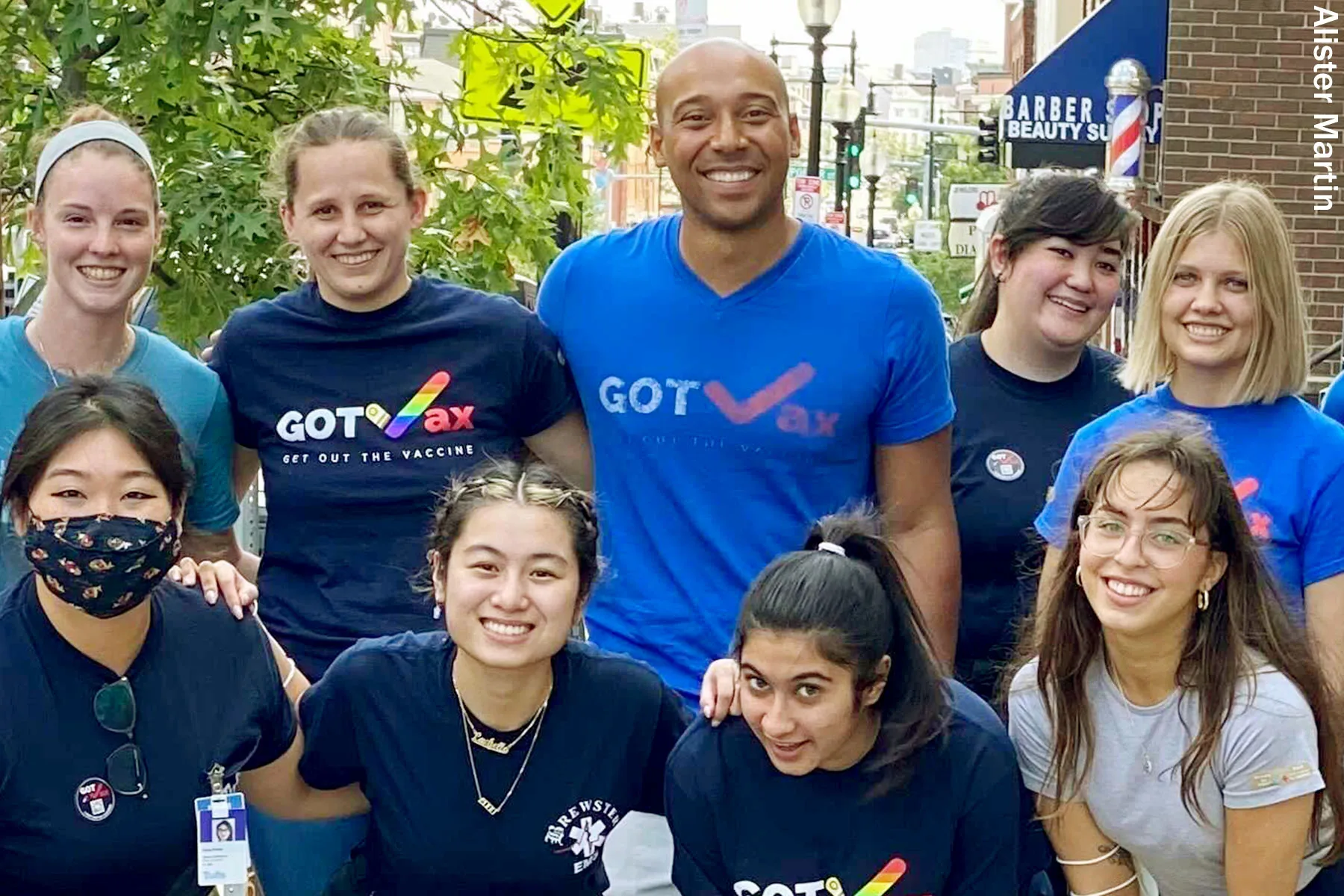Are Mandatory Prison Sentences for Illegal Firearm Possession Necessary?
A study published by Loyola University Chicago found that 72 percent of all arrests and convictions in Illinois for firearm-related offenses over the past decade have been for illegal firearm possession. Upon release from prison, only seven percent of people serving time for this offense were arrested for a violent crime involving a firearm within three years of their release.

When people hear someone has been arrested for being a “felon in possession of a firearm,” they are likely to jump to the conclusion that the person committed a violent offense with a firearm.
However, a new study published by the Loyola University Chicago Center for Criminal Justice Research, Policy and Practice found that 72 percent of all the arrests and convictions in Illinois for firearm-related offenses over the past decade have been for illegal firearm possession, a nonviolent offense.
The study examined trends of people arrested in Illinois for the use of a firearm in the commission of a violent crime, the unlawful discharge of a firearm and the illegal possession of a firearm using data primarily from the Criminal History Record Information.
Only 28 percent of all the arrests and convictions of firearm-related offenses in Illinois have been for the use of a firearm during the commission of a violent crime or the illegal discharge of a firearm.
While Illinois has implemented a punitive model of mandatory prison sentences for these crimes under the narrative that they target violent gun offenders, the study found that only seven percent of those released from prison after serving a sentence for a felony firearm possession offense were arrested for a violent crime involving a firearm within three years of their release.
Illinois legal classifications range from Class 4 felonies to Class X felonies and can carry sentences from probation for up to 30 months to a prison sentence of up to 30 years.
The study found a stronger indicator of recidivism after release from prison for felony firearm possession offenses was whether or not the person had a prior conviction for a violent crime.
The majority of those convicted and sentenced to prison for felony firearm possession have not been convicted of a prior violent crime.
The study also found there was no difference in arrest rates for violent crimes between people who were sentenced to prison and those sentenced to probation.
Given this data, the researchers conclude that Illinois sentencing laws should be restructured to eliminate mandatory prison sentences or narrowly restrict them due to the high costs of prison versus probation.
In conjunction with this, sentencing criteria should focus on an individual’s criminal history that puts them at a higher risk of recidivism in regard to violent crime.
Illegal Firearm Possession Characteristics
The majority of Illinois felony firearm possession convictions involve Black men and 74 percent of people convicted of Class 4 felony firearm possession were Black men.
The majority of firearm possession convictions in Illinois occurred in Cook County, the county that includes Chicago, except for Class 3 felony firearm possession convictions.
The study found that firearm possession convictions were disproportionately concentrated in 11 of Chicago’s 77 neighborhoods.
One-third of statewide Class 4 felony convictions came from arrests in these 11 neighborhoods alone and 76 percent occurred in Cook County.
Some 79 percent of Class 2 felony convictions occurred in Cook County, while 59 percent of Class 3 felony convictions occurred outside Cook County. Both offenses involve the possession of a firearm by someone with a prior felony conviction.
Class 4 felony possession offenses involve the possession of a firearm by someone either not registered to carry or not of age to carry.
Some 74 percent of people convicted of this offense were between the ages of 18 and 24.
Class 4 felony firearm possession was classified as a misdemeanor under Illinois law prior to 2000 when it became a felony. In 2011, the law was again changed to include a mandatory prison sentence if the person possessed a loaded, accessible firearm outside their residence without a concealed carry license.
This amendment to the law led to an increase in convictions for this crime until 2018 when it was again amended so people between the ages of 18 and 20 with no prior violent crime convictions would be allowed to receive a probation sentence.
This latest amendment to the law, called the First Time Weapon Offender Program, is set to expire in 2023 and has no requirement that its efficacy be evaluated.
How does Incarceration Affect Recidivism?
Due to increased arrests and mandatory prison sentences, prison admission for felony firearm possession rose 27 percent from 2014 to 2019 while prison admission for all other crimes fell 38 percent.
In Cook County, prison admission for Class 4 felony possession crimes rose 15 percent and admission for Class 2 and 3 felony possession crimes rose 34 percent meanwhile admission for all other crimes decreased 50 percent.
Even if a person convicted of a Class 2 or 3 felony firearm possession offense had no prior convictions for either a violent crime or firearm possession, they must serve a prison sentence of at least three years for a Class 2 felony and at least two years for a Class 3 felony.
About 47 percent of people convicted of a Class 2 felony and 73 percent of those convicted of a Class 3 felony had no prior convictions for violent crime felonies or firearm felony possession.
The study found that those convicted of felony firearm possession in Cook County were more likely to go to prison than if they had been arrested elsewhere in Illinois, however, they were more likely to have a shorter sentence.
As a result of an increase in felony firearm possession prison admissions and a decrease in prison admissions for other crimes, firearm possession offenses accounted for 12 percent of all prison admissions in Cook County in 2014 and jumped to 27 percent of prison admissions in 2019.
Although an increasing number of prison admissions involve felony firearm convictions, the vast majority of the people convicted for these crimes will not be arrested for a violent crime within the three years after their release.
Between 67 and 76 percent of those released after being incarcerated for a felony firearm possession offense were not arrested for a violent crime within three years of their release or placement on probation.
The study found no difference in arrest rates for people sentenced to prison versus probation with about 26 percent of each group being rearrested for a violent crime within three years of being convicted.
Since the majority of those sentenced to prison for felony firearm possession have not before been convicted of gun violence and are unlikely to commit violent crimes after release, requiring a mandatory prison sentence seems unnecessary and overly punitive.
“Given the substantial cost associated with prison relative to probation, the mandatory prison sentences currently required under Illinois law for most firearm possession crimes should be reconsidered,” the researchers wrote.
“These mandatory prison sentences could either be eliminated, providing judges with greater discretion in how these cases are sentences, or much more narrowly restricted.”
Download the complete study here.
Blake Diaz is a TCR Justice Reporting intern.

 Landwebs
Landwebs 
























